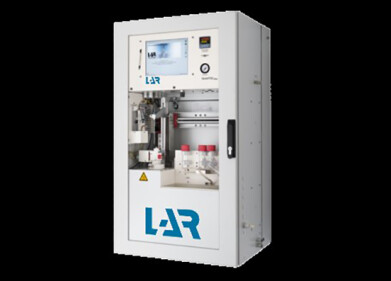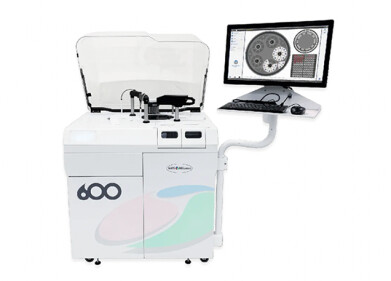-
 Sensors in the Water and Wastewater Treatment Industries 2020-2030 report
Sensors in the Water and Wastewater Treatment Industries 2020-2030 report
Wastewater Analysis
By 2030 the Water Sensor Market is forecasted to be Worth Over $2bn
Feb 16 2021
The WHO said in 2019 that over 70% of the world’s population have access to clean water. Clean water is required by all and is a product that has a direct impact on the consumer. Many companies must meet targets and goals set by their country or industry body with water cleanliness and pollution monitoring. However, unlike the oil and gas industry, the water industry is behind with its uptake of digitisation and in the monitoring of networks in many countries across the globe. IDTechEx’s most recent market research report on this market area, “Sensors in the Water and Wastewater Treatment Industries 2020-2030”, predicts that the water and wastewater sensor industry will be over $2bn by 2030. This article aims to highlight the key reasons why digitisation is needed.
Many water and wastewater networks are currently not digitised. They use analog or slow systems to collect samples, analyse data, and provide data for companies to use. These results are used to meet pollution requirements, policy limits and to ensure that the treatment of both water and wastewater plants are running correctly. There are many synergies possible if the technology is integrated into the water and wastewater systems.
With water shortages occurring across some countries – e.g., Cape Town, South Africa, in 2018 – there is a real need to better monitor the usage, supply, and treatment of both supply water and wastewater networks. To achieve these goals, the water industry must digitise and use smart sensors across all areas of its water networks.
Sensors in the water and wastewater treatment industries are an emerging technology market area, forecast to grow to $2bn+ in 2030. These sensors will make up the wider application of IoT devices in cities, and the hype around them is growing. The sensors required are already in use in other industries but are now being adopted by water and wastewater companies at a municipal level. IDTechEx’s recent market research report on “Sensors in the Water and Wastewater Treatment Industries 2020-2030” provides you with the insight and knowledge you need in this emerging technology market.
As an emerging technology, digitizing and adding sensors to the water and wastewater networks may have both benefits and hindrances. Hindrance, as companies may not wish to spend large sums on new sensors, pipes, or technology, and the barriers for entry into the water and wastewater networks are already high.
The benefit of adopting sensors into the networks outweigh these barriers. There is a real need for remote monitoring; it removes the need for maintenance staff to check pipes as regularly or to collect samples for lab monitoring. It speeds up the identification of pollution events, reducing fines incurred by the water companies. It improves the efficiency of the treatment plants. It provides a better service for customers. A steep investment, but the dividends pay off for many years to come. It has been used already to track COVID-19 in a number of cases and provides real opportunities for investment in future water and wastewater networks.
The market research report “Sensors in the Water and Wastewater Treatment Industries 2020-2030” includes market forecasts, player profiles, investments, and comprehensive company lists. This market research report is an essential read for those looking for a deep understanding of the use of sensors in the water and wastewater industries.
Digital Edition
AET 28.4 Oct/Nov 2024
November 2024
Gas Detection - Go from lagging to leading: why investment in gas detection makes sense Air Monitoring - Swirl and vortex meters will aid green hydrogen production - Beyond the Stack: Emi...
View all digital editions
Events
Jan 12 2025 Abu Dhabi, UAE
Jan 14 2025 Abu Dhabi, UAE
Jan 20 2025 San Diego, CA, USA
Carrefour des Gestions Locales de L'eau
Jan 22 2025 Rennes, France
Safety, Health & Wellbeing LIVE
Jan 22 2025 Manchester, UK


















